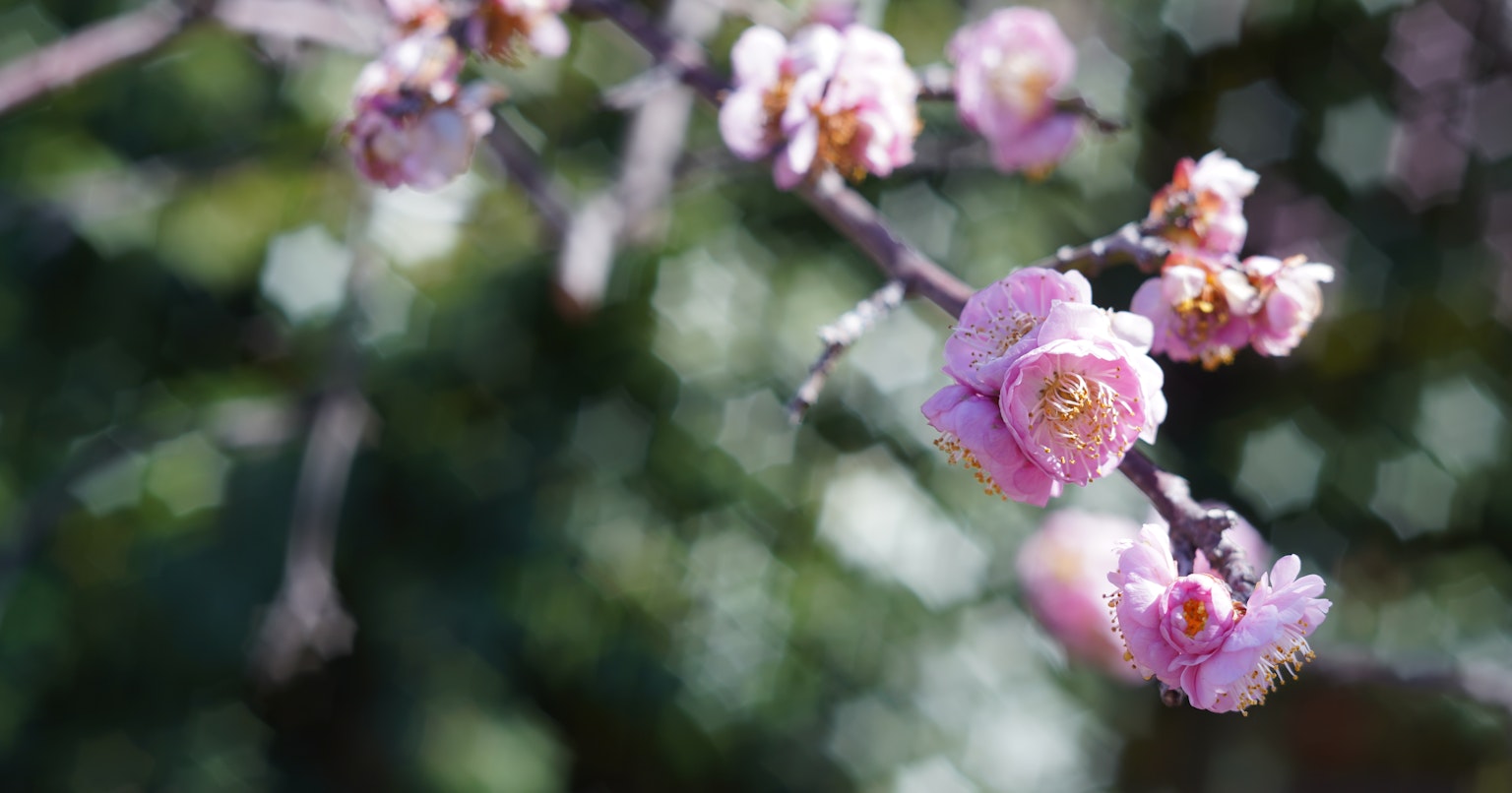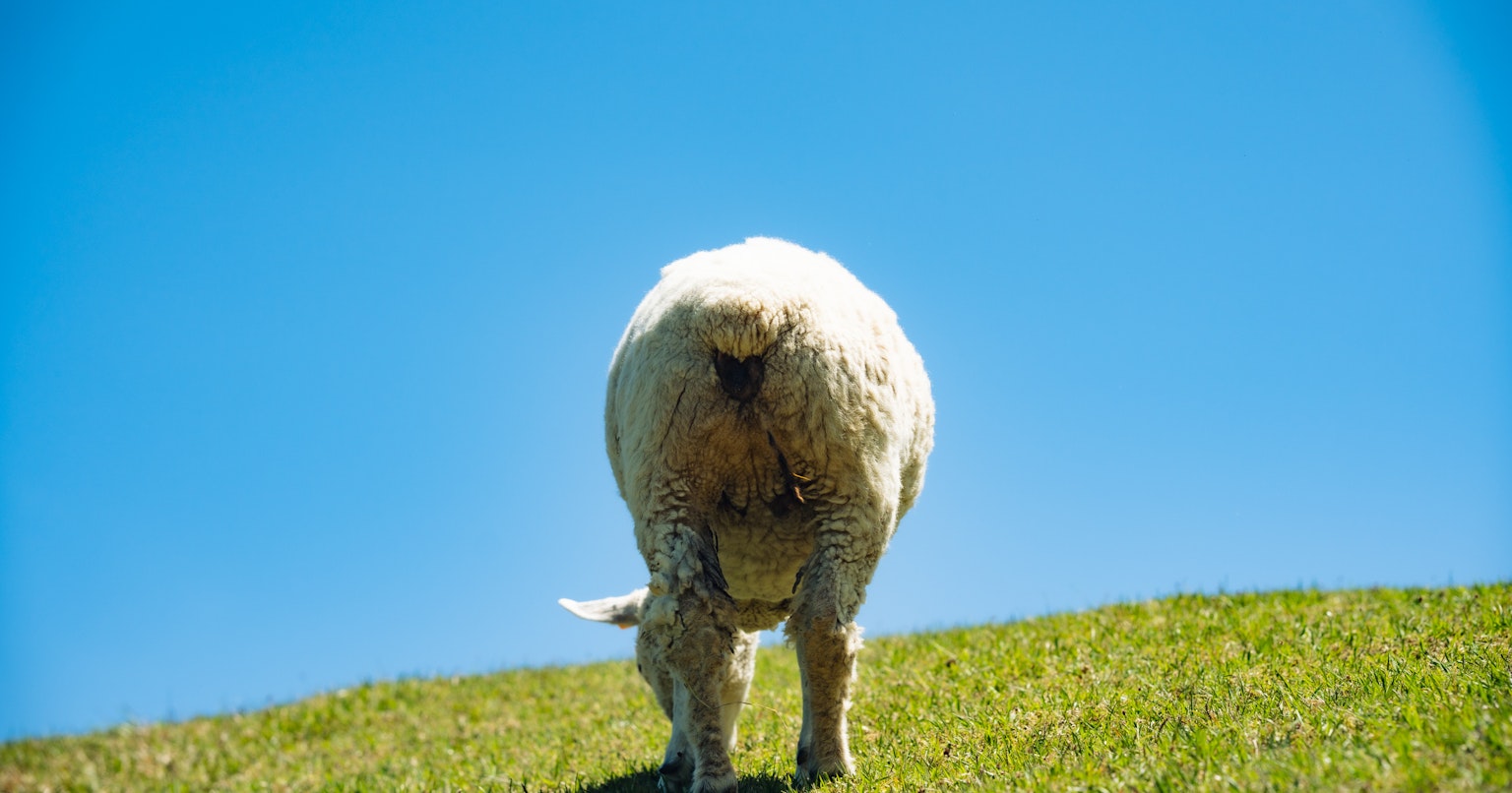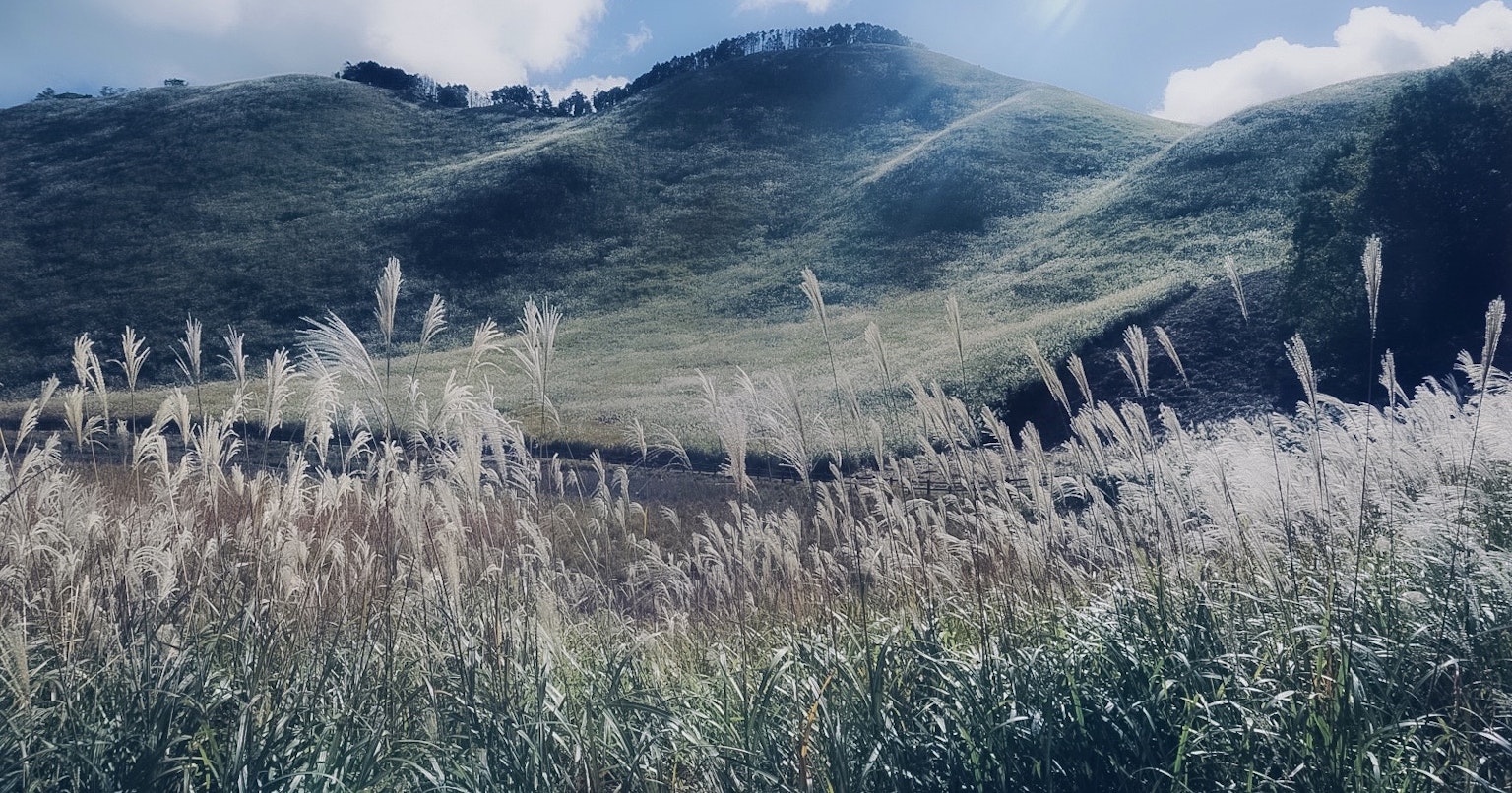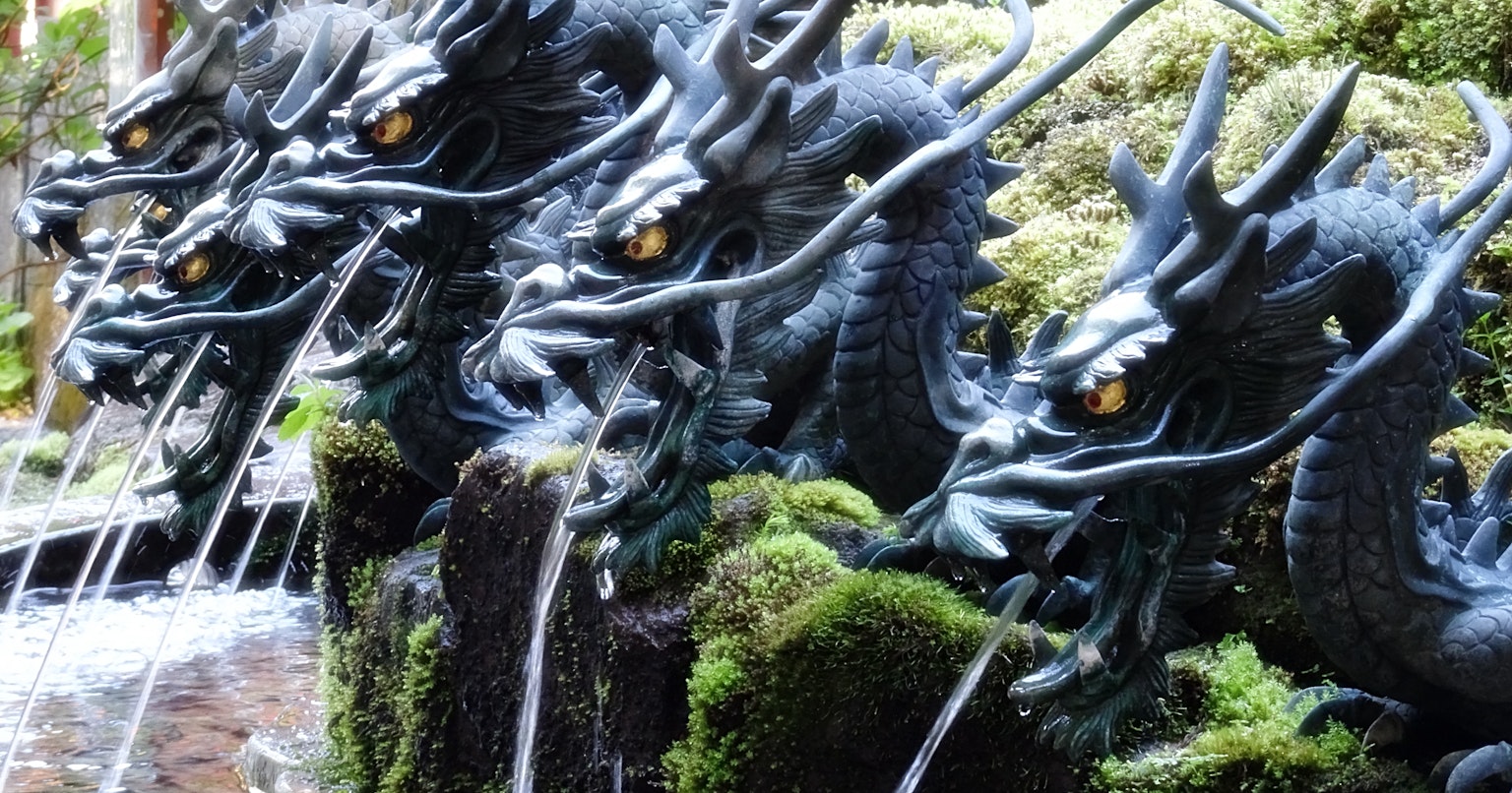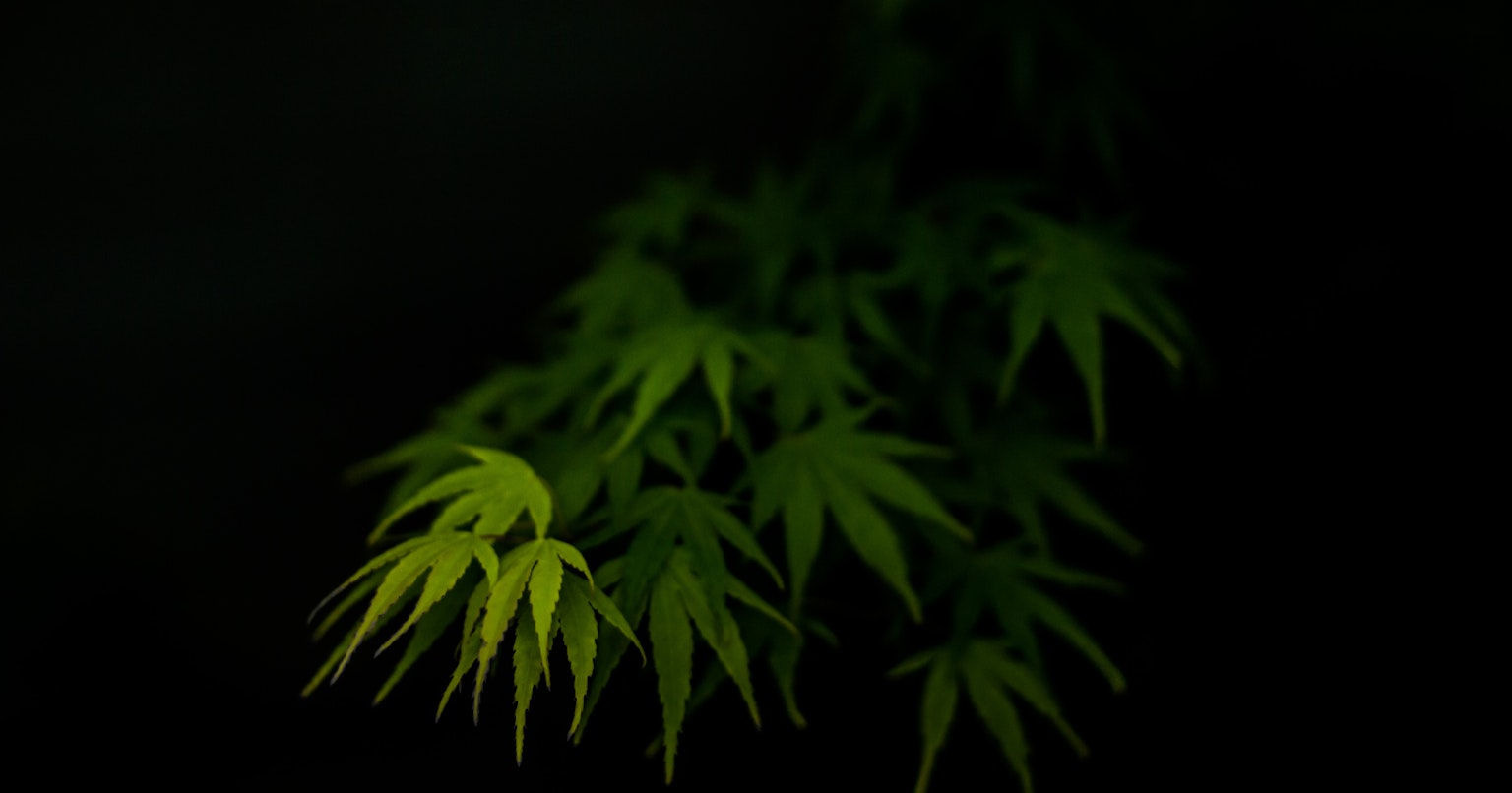
cover image by mori_hero
Entering the world of cameras, you often encounter technical terms that can seem daunting to beginners. ISO sensitivity is one such term. However, by deepening your understanding of ISO sensitivity, you can broaden your photography skills and enhance the quality of your photos. This time, we will explain the basics of ISO sensitivity and how to utilize it.
What is ISO Sensitivity?
ISO sensitivity indicates how much light a camera can capture. Specifically, it represents how much the light captured by a digital camera is amplified. The higher the ISO sensitivity, the brighter the photo can be taken even with less light. For example, increasing the sensitivity from ISO 100 to ISO 200 allows for brighter photos with the same exposure.
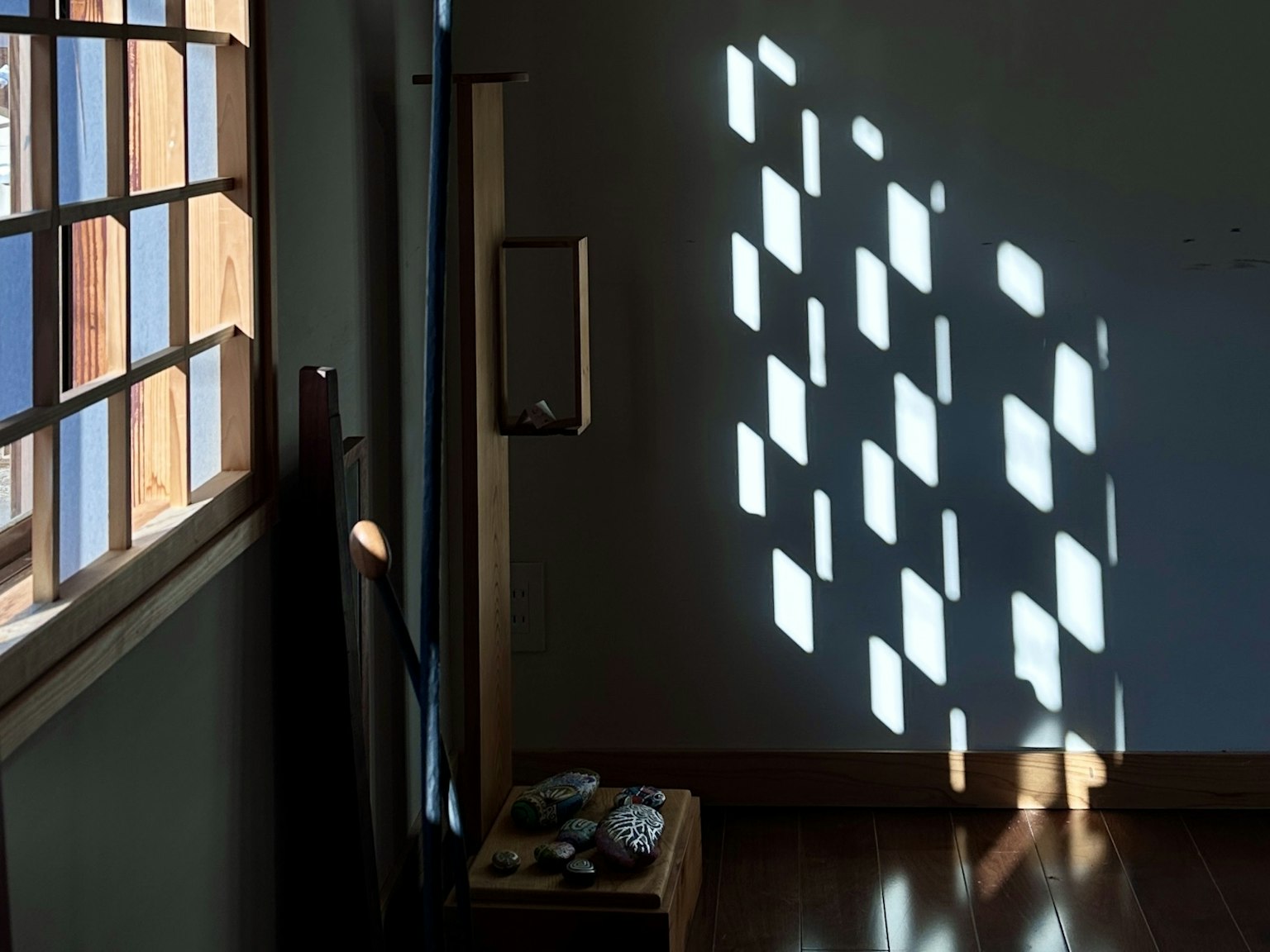
Image by pwaiチッタ
The Role of ISO Sensitivity
Shooting in Low Light
In dark places, shutter speed slows down, making photos prone to blurring. By increasing ISO sensitivity, you can speed up the shutter speed and prevent blurring. This allows you to take blur-free photos even when shooting handheld.
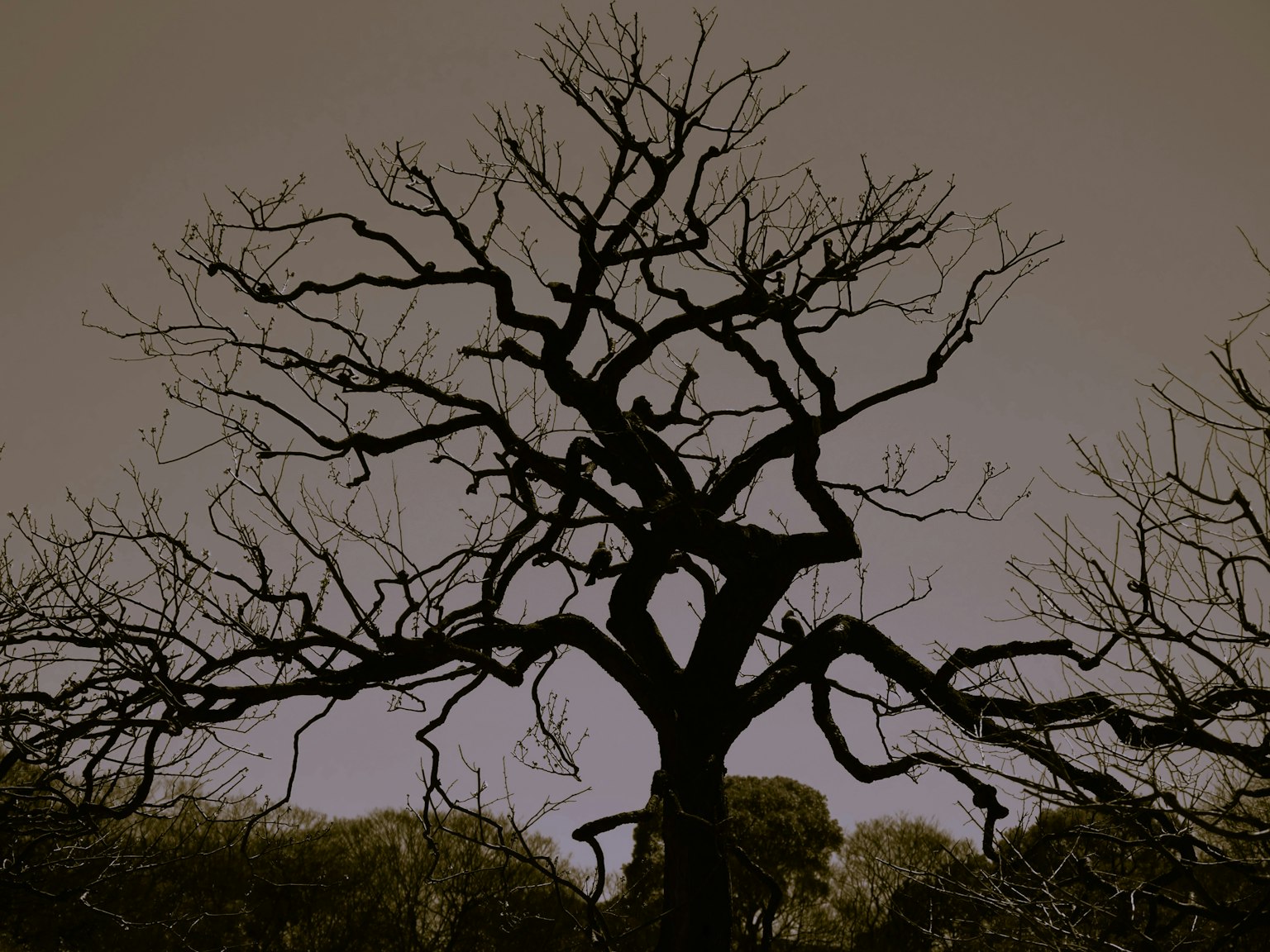
Image by 本気のくまにゃん
Adjusting Background Brightness
In studio photography or situations using a flash, increasing ISO sensitivity can brighten the background. This allows you to evenly illuminate not only the subject but the entire background.
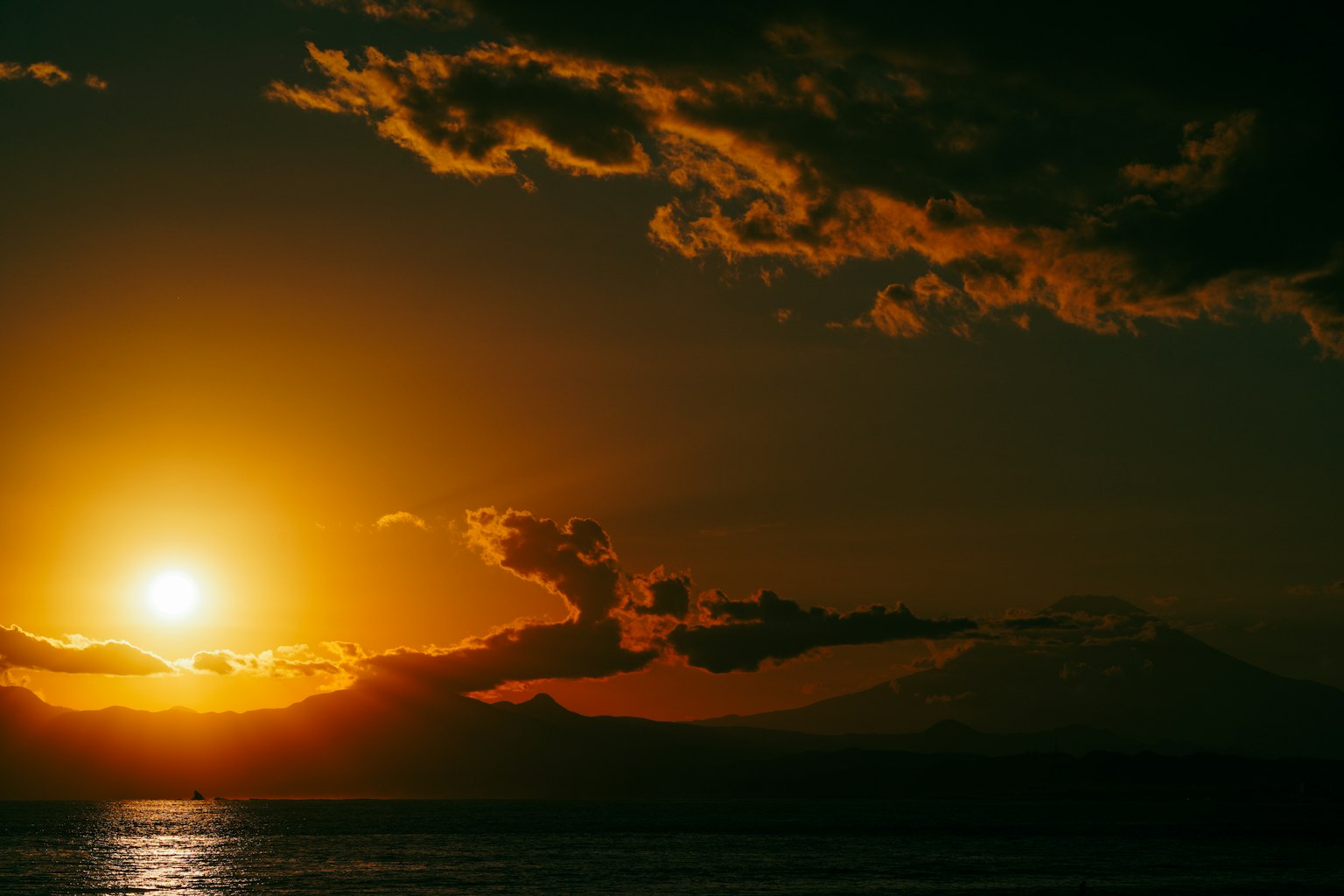
Image by fujikko
ISO Sensitivity and Noise
While increasing ISO sensitivity is convenient for taking bright photos in dark places, it also has the drawback of noise generation. If the ISO sensitivity is too high, the image becomes grainy, and the quality decreases. Generally, noise is not noticeable up to ISO 1600, but it tends to increase at ISO 3200 and above.
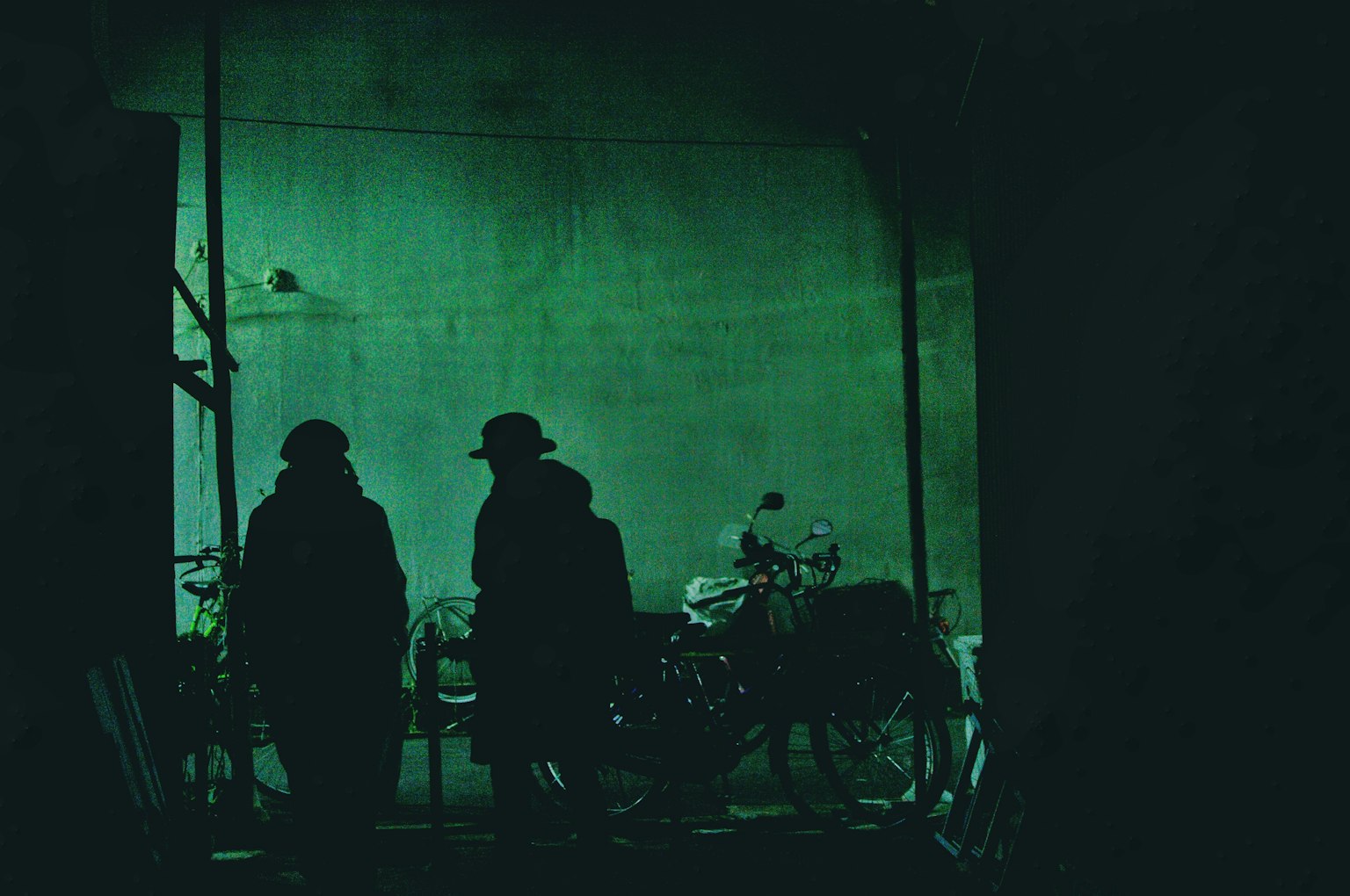
Image by yNAK
Guide to Setting ISO Sensitivity
The optimal ISO sensitivity varies depending on the situation. Refer to the following guidelines:
- ISO Sensitivity 100–400: Ideal for outdoor shooting in sunny or bright environments. Low noise and clear photos.
- ISO Sensitivity 400–3200: Used in indoor shooting, cloudy days, or at dusk when light is limited. Allows for bright photos while preventing blur.
- ISO Sensitivity 3200 and above: Suitable for night photography or very dark places, but noise increases, so use as needed.
Tips for Using ISO Sensitivity
Getting used to setting ISO sensitivity involves trial and error while shooting. The optimal settings vary depending on the camera's performance and situation, so adjust the ISO sensitivity with your camera to find the right level. Additionally, to capture bright photos while suppressing noise, consider the balance with aperture and shutter speed, not just ISO sensitivity.
ISO sensitivity is one of the basic camera settings, and setting it appropriately can expand your shooting range. It may seem difficult at first, but with practice, you will gradually get used to it. You might initially find your photos too dark or washed out, but enjoy the trial and error to have a wonderful photography life.
